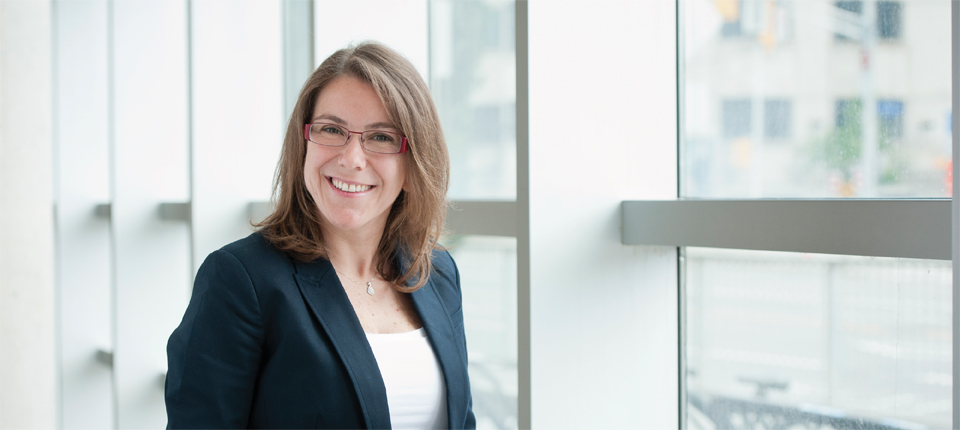Researcher looks into e-health and telehomecare applications among elderly patients
A first-of-its-kind Canada-wide survey of seniors’ health technology-related behavior
Project title
IT Innovation and the Elderly: Technology Acceptance and Use in the Community
Researcher
Mirou Jaana, Telfer School
Grant supporting this research
SSHRC Insight
Period
2017-2020
Professor Mirou Jaana has launched a new study, funded by the Social Sciences and Humanities Research Council (SSHRC), which will provide national data on seniors’ attitudes and behaviors towards health information technology solutions.
Telemonitoring (aka telehomecare) technologies have been around for decades, but little is known empirically about the factors that lead to the acceptance and use of these solutions by seniors. Professor Mirou Jaana says having a better understanding of these factors would assist healthcare providers and policy-makers to develop guidelines that support the integration and optimal use of these solutions for the greatest benefit of patients.
In the first part of her study, she and her colleagues are conducting a Canada-wide survey of seniors that assesses their technology-related attitudes and behaviors. The survey will consider a variety of general e-health applications, as well as specific home-based technologies, that have gained increased attention in recent years, such as smart watches. In the second part of the study, professor Jaana and her team will investigate the factors that affect the acceptance and use of telemonitoring technologies by seniors.
While the features and convenience of these technologies continue to evolve, their basic telemonitoring functions actually haven’t changed all that much, says professor Jaana. “Their essential purpose is to connect a healthcare provider or case manager to a patient who lives in the community (e.g., at home or in a retirement home), and requires close attention and monitoring.” As an example, a patient being monitored for a heart failure condition may use telemonitoring to transmit information such as a change in her or his weight. The nurse could potentially consult with the patient’s physician, and adjust his/her medications accordingly. This early detection of deterioration in a patient’s condition presents important benefits by preventing risky complications and avoiding unnecessary time-consuming hospital visits. This is especially relevant in the case of elderly patients.
Professor Jaana’s new study, focusing on technology acceptance factors, will build on the findings of her previous research which revealed that telemonitoring had significant positive impacts on senior patients’ self-care skills and it benefited them in relation to their chronic disease management. “By focusing on acceptance factors related to these technologies, our research is uncovering potential barriers/facilitators that may enable more effective use of telemonitoring among senior patients with unstable conditions.’’ Identifying in their health status, which they often would not notice on their own, supports timely intervention before complications arise requiring a hospital visit.
“The field of telemonitoring is maturing, but what’s still missing is the empirical insight into how these technologies should be incorporated as part of care guidelines,” professor Jaana contends. “With the continuously growing population of elderly living in the community, it is our responsibility to understand their needs, and leverage existing tools and technologies, like telehomecare applications, to support them in the community.”


